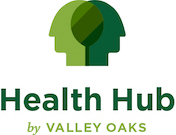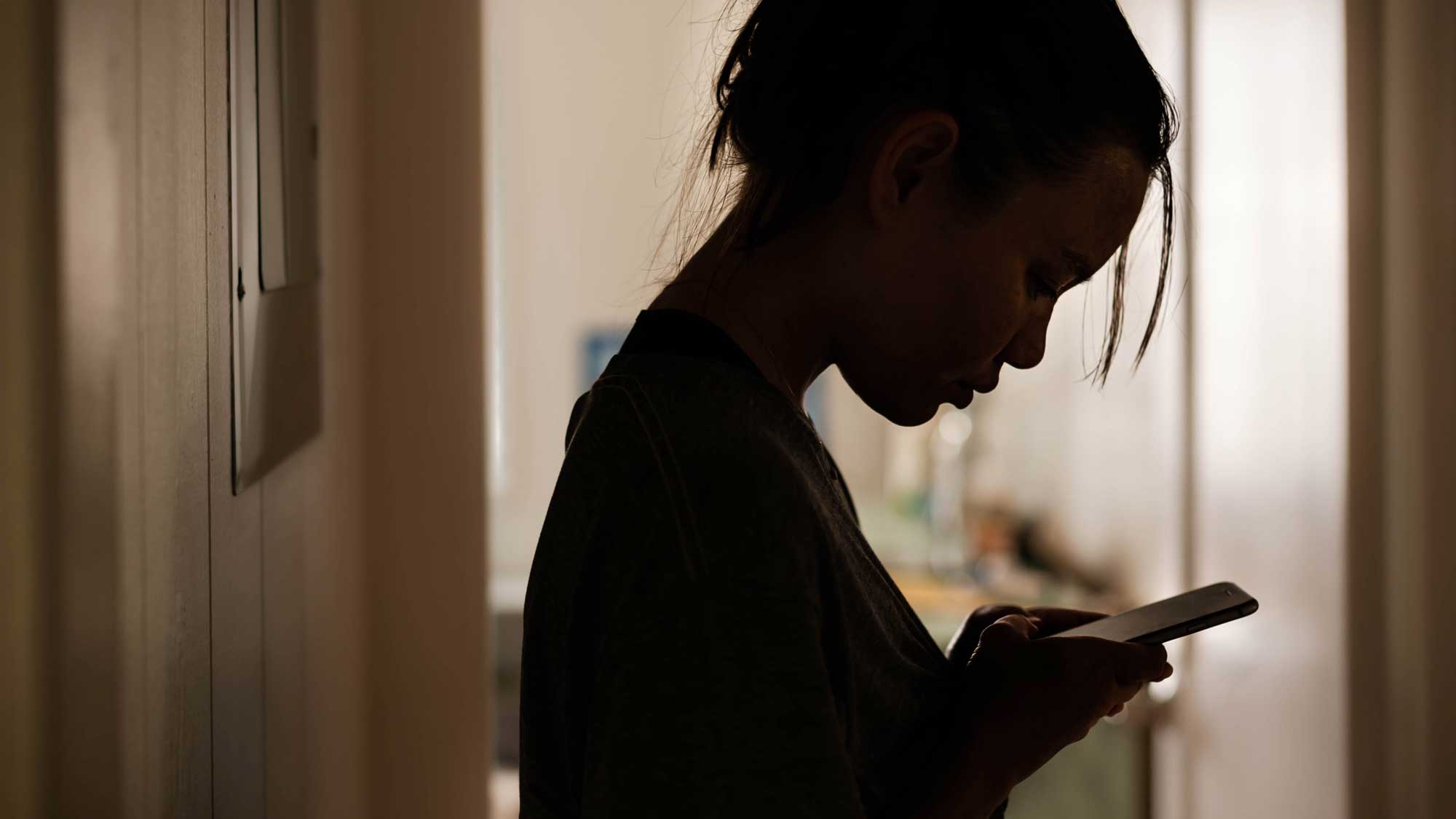Studies show that people with bipolar disorder are more likely to be more creative. One well-known artist who suffered from bipolar disorder is Vincent Van Gogh. That is why World Bipolar Day, a day to bring awareness to bipolar disorder and to lessen the stigma around it, is observed on March 30, the artist’s birthday.
Here is more information on what research reveals about the relationship between bipolar disorder and creativity:
What has been researched?
Aristotle once said that “there is no great genius without a mixture of madness.”
The possibility that creativity and mental illness are linked has been studied and discussed for a long time. However, it can be difficult to define and measure creativity.
One study by Cambridge University researchers found a connection between doing exceptionally well in school and a higher risk for a bipolar diagnosis later in life. Other researchers have looked at adults who entered into creative fields like art or music and found that they have higher rates of mental illness or bipolar disorder.
Researchers at Stanford found that children with bipolar disorder, or those at high risk for it, scored higher on a creativity index than children without a mood disorder. The study also found that creativity and bipolar disorder have important genetic factors that were transmitted together between generations. Even children that were not diagnosed with bipolar disorder but grew up in a home with one or more diagnosed caregivers scored higher.
Other studies have found that people at risk for bipolar disorder or those diagnosed with the mood disorder scored significantly higher on the Barron-Welsh Art Scale, a scientific measurement of creativity, showing there are many ways experts can determine a link between bipolar disorder and creativity.
Why is there a link?
Some experts believe that mania, a common symptom of bipolar disorder, causes creative activity. The link between a person’s risk of bipolar disorder and their creative abilities could come from the negative emotions they experience which are channeled into creative energy.
Managing living with bipolar disorder
Treating symptoms of bipolar disorder often involves a combination of medication, psychotherapy, and psychoeducation. Some tips for living with bipolar disorder include setting a schedule, limiting caffeine, and making adjustments at home and at work to simplify life when possible.
For more support, Valley Oaks Health offers individual counseling and support groups.







